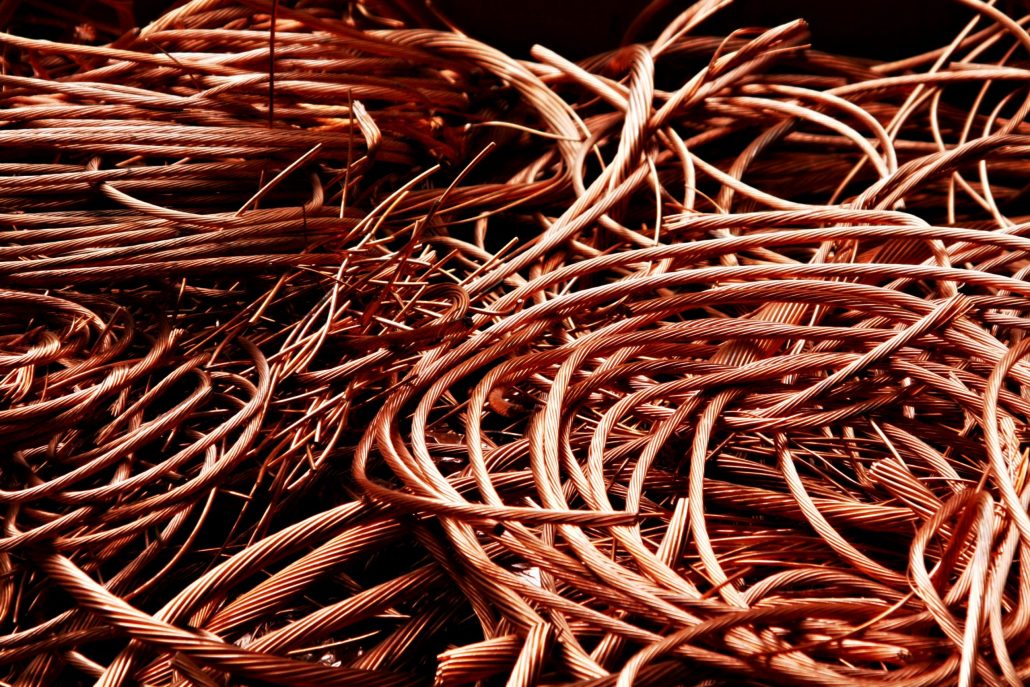
The World Resources Institute (WRI) report highlights copper’s vital role in the clean energy transition. Essentially, copper demand will surge due to renewable energy and EVs. Notably, renewables use six to 12 times more copper than fossil fuels. EVs need two to three times more copper than traditional vehicles. Thus, WRI stresses copper recycling is essential for sustainability.
Recycling as a Solution to Energy and Environmental Challenges
Initially, copper recycling offers significant environmental benefits. Specifically, it saves up to 85% of energy used in mining. Consequently, improving recycling processes is crucial. Furthermore, recycling copper from e-waste will become a key supply source.
Challenges in Copper Recycling: Global Disparities and E-Waste Opportunities
To illustrate, a challenge lies in regional disparities. North America and Europe generate much copper scrap. Conversely, Asia, especially China, dominates recycling. Indeed, improving recycling loops in high scrap generation regions enhances efficiency.
WRI’s Recommendations to Improve Copper Recycling
Additionally, WRI recommends greater collaboration. Accordingly, governments, the private sector, and stakeholders must work together. Henceforth, policy frameworks should increase refining capacity. Effectively, public awareness should improve collection systems. Moreover, manufacturers should use more recycled copper. Thus, collaboration with recyclers and industries unlocks market potential. SuperMetalPrice reports that without a massive increase in Copper recycling, the clean energy revolution will not be possible.











Leave a Reply
You must be logged in to post a comment.